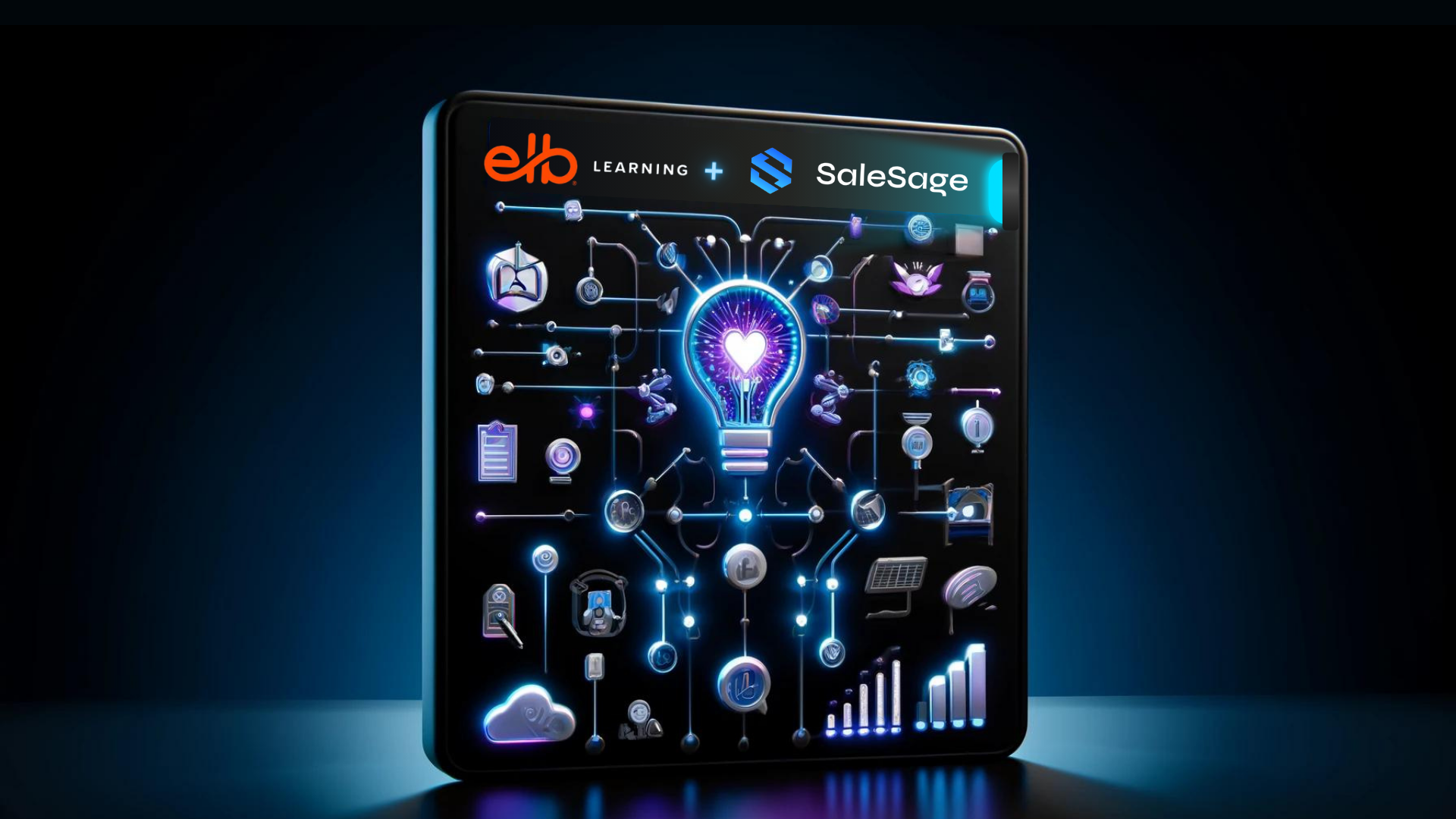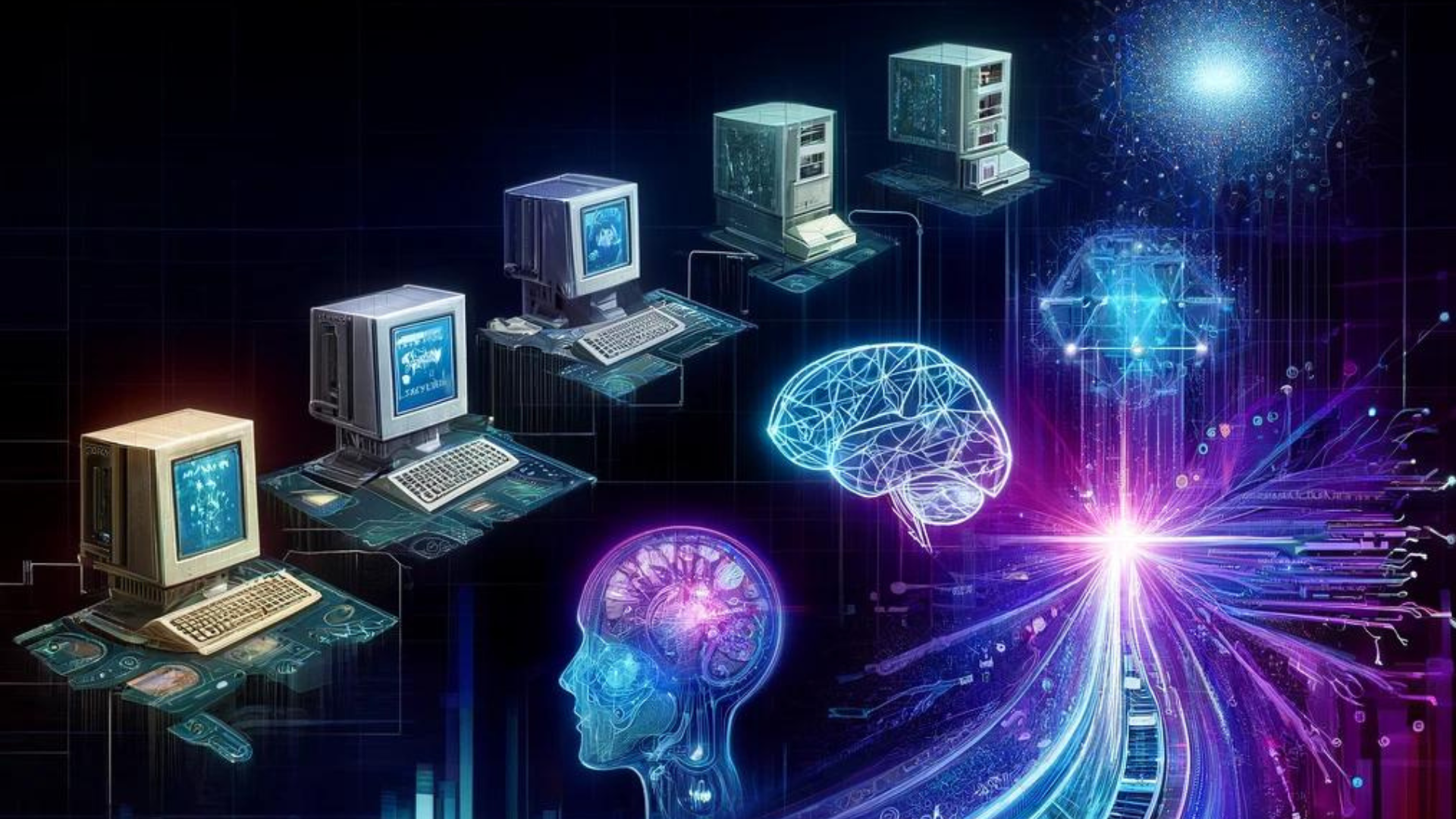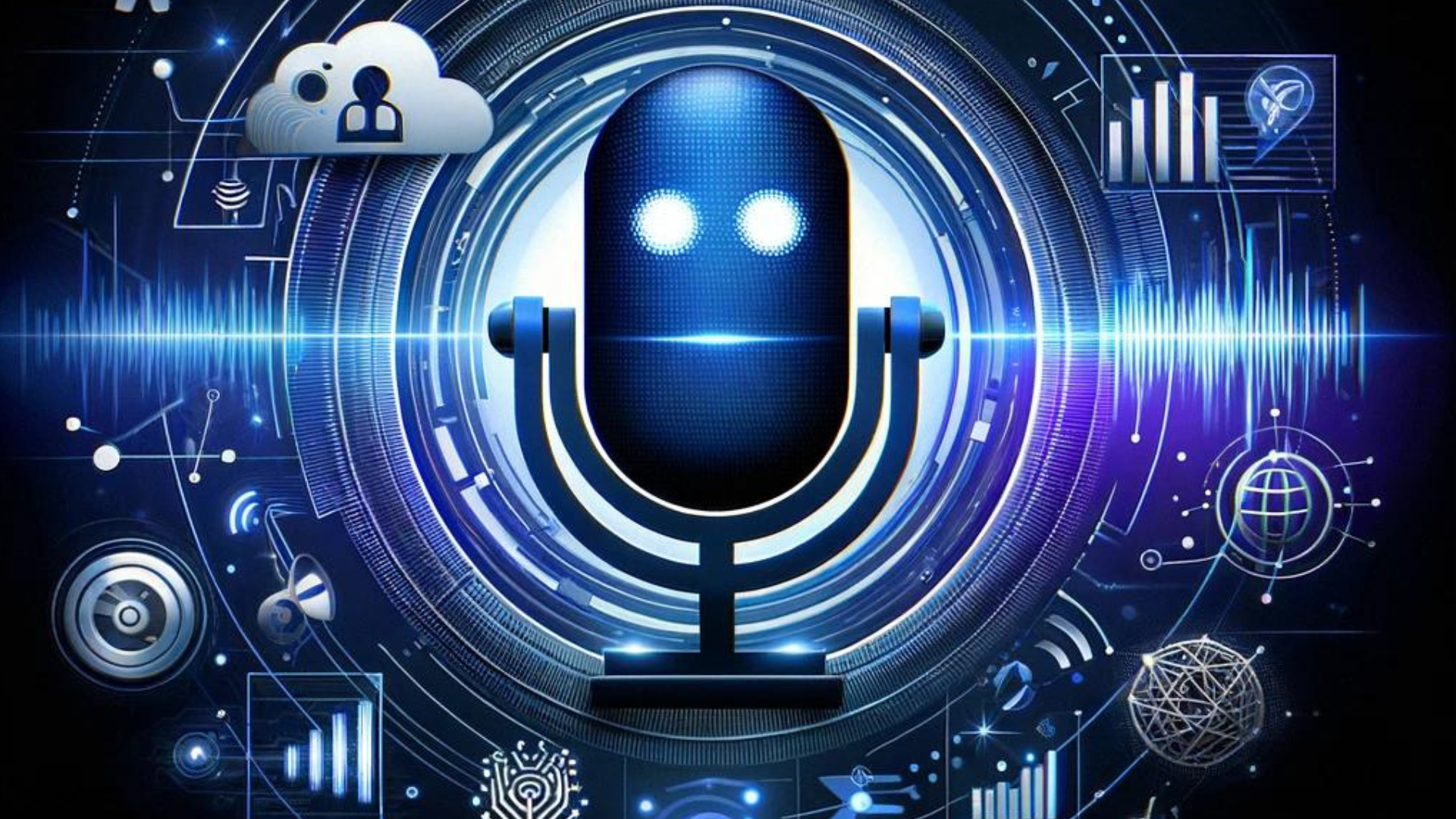In today’s fast-paced technological era, multimodal AI emerges as a pivotal innovation. By exceeding traditional data processing limitations, multimodal AI unlocks new horizons for understanding and interacting with diverse data types.
Understanding Multimodal AI
Multimodal AI represents a significant leap in the evolution of AI technologies. It processes and integrates various data types — text, images, audio, and video — to mimic human cognitive abilities. This AI approach doesn’t just analyze data in silos; it understands contexts, interconnections, and nuances across different data forms, providing a comprehensive understanding.
The key to multimodal AI’s effectiveness lies in its ability to synthesize information from diverse sources. For instance, when analyzing a news article, it doesn’t just consider the text; it evaluates accompanying images, video clips, and even the tone of the article to form a more rounded view. This holistic approach enables multimodal AI to perceive the world more like a human, making its analysis and predictions more accurate and reliable.
Another critical aspect of multimodal AI is its adaptability. It can continuously learn and adjust its algorithms based on new data, ensuring that its insights remain relevant and accurate over time. This flexibility makes it an invaluable tool in rapidly changing environments, where staying ahead of the curve is essential for success.
How Does Multimodal AI Differ From Other AI?
- Data Diversity: Unlike unimodal AI, which typically handles a single data type (text, image, or audio), multimodal AI processes and interprets multiple data types simultaneously. This diversity allows for more nuanced and context-rich analysis.
- Contextual Understanding: Multimodal AI excels in understanding the context by correlating different data forms. For example, it can comprehend the sentiment of a speech by analyzing both the spoken words and the speaker's facial expressions.
- Adaptability and Learning: While most AI systems learn from data in their specific domain, multimodal AI can adapt and learn from a variety of data sources, making its learning process more robust and comprehensive.
- Complex Decision-Making: Multimodal AI's ability to analyze diverse data types enables it to make more complex decisions. It can assess situations more holistically, leading to more informed and accurate outcomes.
Use-Cases
- Enhanced Customer Service: Imagine a customer service system that not only understands spoken language but also interprets the customer’s tone, sentiment, and even facial expressions during video calls. Such a system could offer highly personalized and empathetic responses, significantly improving customer satisfaction.
- Advanced Content Creation: In the realm of digital marketing and content creation, multimodal AI can analyze text, images, and user engagement metrics to generate content that resonates more effectively with target audiences, driving engagement and conversions.
- Intelligent Surveillance Systems: By integrating video, audio, and sensor data, multimodal AI can enhance security and surveillance systems. It could, for example, detect unusual behaviors or sounds, promptly alerting authorities to potential threats.
- Smart City Development: Multimodal AI could play a pivotal role in developing smart cities, analyzing traffic patterns, pollution levels, and public sentiment through social media and sensors, leading to more efficient urban planning and management.
- Personalized Education and Training: In education, multimodal AI can offer tailored learning experiences by analyzing students’ learning styles, progress, and feedback in real-time, adapting teaching methods to optimize learning outcomes.
Conclusion
Multimodal AI is not just a technological leap; it’s a conduit for innovative solutions across various sectors. Its ability to understand and integrate multiple data forms heralds a new era of AI applications, offering unprecedented opportunities for businesses to innovate and excel.






